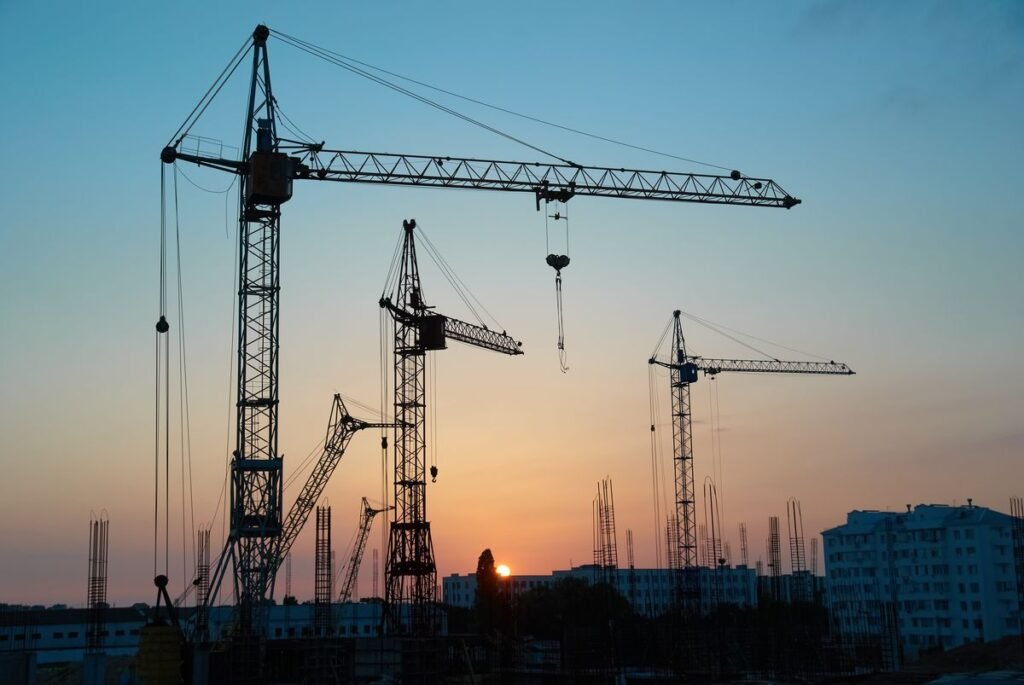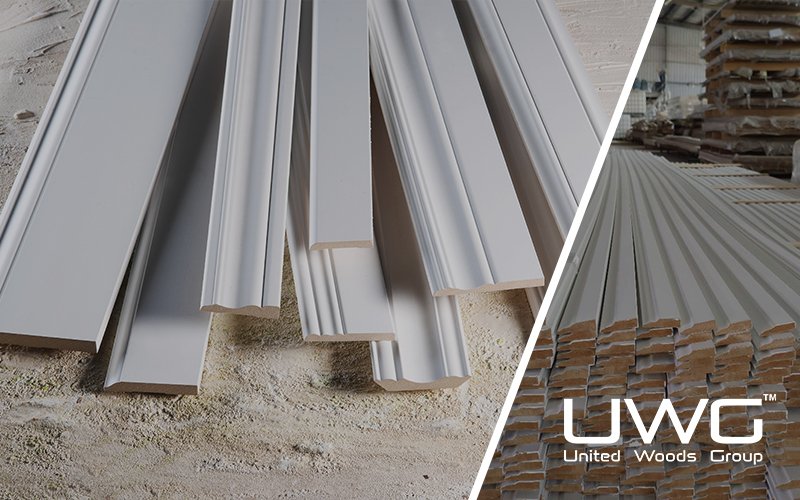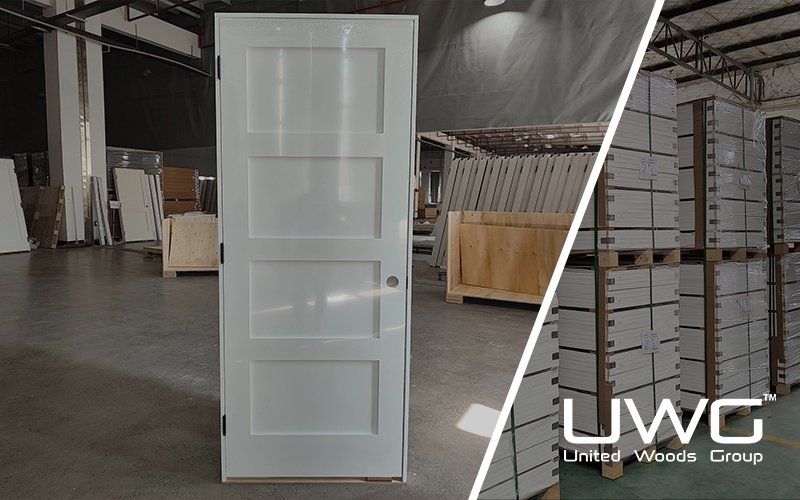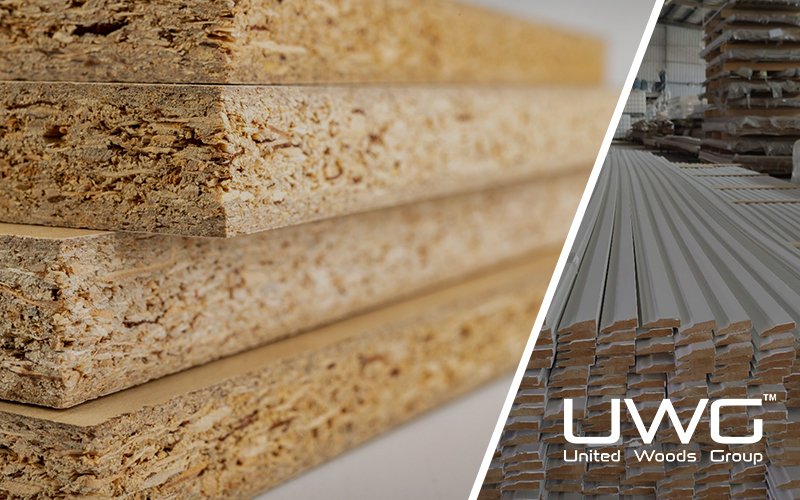In the construction industry, winning a client once is hard—but earning their repeat business is even harder. Builders often lose customers not because of poor craftsmanship, but due to missed deadlines, material delays, or unreliable communication. The hidden culprit? Inefficient supply chains. In this article, I’ll show you how to fix that.
The importance of an efficient supply chain
How do efficient supply chains improve profit margins in construction?
Fewer delays in the supply chain directly translate to fewer budget overruns on construction projects. Improved planning reduces material waste significantly. When your team isn’t left idling, waiting for deliveries, projects are completed faster, enabling you to undertake more work. Ultimately, this leads to bigger profit margins and a thriving business.
How does supply chain efficiency impact customer satisfaction in construction?
Customers have one core concern: they want the job done right, delivered on schedule, and with the least number of unpleasant surprises. A seamless supply chain is key here. It ensures materials arrive precisely when required, subcontractors adhere to timelines, and costly project hold – ups are averted. This reliability fosters customer satisfaction, building trust and ensuring they’ll choose your services again in the future.

What are the key components of an efficient construction supply chain?
At its core, a well-oiled supply chain includes:
- Reliable suppliers with clear delivery timelines. They are like the steady heartbeat of the supply chain, ensuring that materials arrive precisely when needed. This reliability prevents project delays that can lead to costly overruns and damaged client relationships.
- Inventory management systems play a vital role in avoiding overstocking or shortages. Overstocking ties up valuable capital and warehouse space, while shortages can bring work to a standstill. A sophisticated inventory system can predict demand accurately, maintaining optimal stock levels.
- Streamlined logistics are essential for moving materials efficiently from the warehouse to the job site. This involves choosing the right transportation modes, optimizing routes, and handling materials carefully to minimize damage during transit.
- Clear communication between teams is the glue that holds everything together. It prevents missteps and misunderstandings, ensuring that everyone from suppliers to on – site workers is on the same page.
Each of these elements reduces friction and keeps your projects running smoothly.

How can builders improve supply chain management?
Start by analyzing past project data. Where were the delays? Which suppliers underperformed? This analysis offers valuable insights to pinpoint problem areas. Then:
- Build stronger relationships with vendors. Regular communication and mutual trust can lead to more reliable supply and better cooperation when issues arise.
- Invest in digital tools for tracking deliveries. These tools provide real – time updates on material locations, allowing for proactive management and quick problem – solving.
- Standardize your material ordering process. A consistent approach reduces confusion, ensures accurate orders, and speeds up the procurement cycle.
Even simple steps like confirming delivery timelines a week in advance can prevent major delays.
What are common supply chain mistakes builders should avoid?
- Over – ordering: This often stems from inaccurate demand projections. Over – ordering not only leads to significant waste of materials but also creates storage headaches. Excess inventory ties up valuable space and capital, which could be better utilized elsewhere in the project.
- Under – forecasting: It can be equally detrimental. When builders fail to predict material needs accurately, it causes last – minute scrambling. This frantic search for materials can result in higher costs due to rush orders and potential project delays.
- Lack of communication: If different teams within the construction project aren’t on the same page regarding delivery timelines, it can lead to chaos. For example, the on – site crew might be waiting idly for materials that are delayed because of miscommunication with suppliers.
- Siloed systems: When data doesn’t flow seamlessly between departments, it causes unnecessary delays. Each department working in isolation may make decisions without a holistic view of the project’s needs.
Fixing these issues takes discipline—but the payoff is huge, ensuring smoother projects and better profitability.

Professional Advice
When construction clients ask how to win repeat business, we always point them to their operations—specifically, their supply chain. Most builders focus heavily on sales and craftsmanship, which are crucial, but they overlook how much logistics influence client satisfaction. If your materials are late, or if your subcontractors are waiting around because something didn’t arrive, your client remembers the frustration—not the quality of the finished work.
Start by mapping your material flow. Where are the bottlenecks? Which suppliers cause delays? Identify your weak points and fix them fast. I always recommend developing a core list of reliable suppliers you trust—treat them like partners, not vendors. When you’re loyal to them, they prioritize your jobs.
Second, communicate constantly—with both your crew and your client. A client who knows what’s happening, even when there’s a delay, is far more likely to stay loyal.
Lastly, track your performance. Lead times, delivery accuracy, cost per order—these metrics matter. The builders who scale successfully are the ones who treat their supply chain like a key part of their brand. Because in the end, reliability is what keeps clients coming back.
Summary: Turning Operational Efficiency Into Customer Loyalty
An efficient supply chain leads to smoother projects, fewer delays, and happier clients—making it a key factor in winning repeat business. By optimizing logistics, improving communication, and building strong supplier relationships, builders can complete jobs on time and within budget. Transparency and consistent performance build client trust, while strategies like just-in-time delivery reduce waste and boost margins. In construction, operational efficiency isn’t just about cost—it’s about creating the kind of experience that brings customers back.







